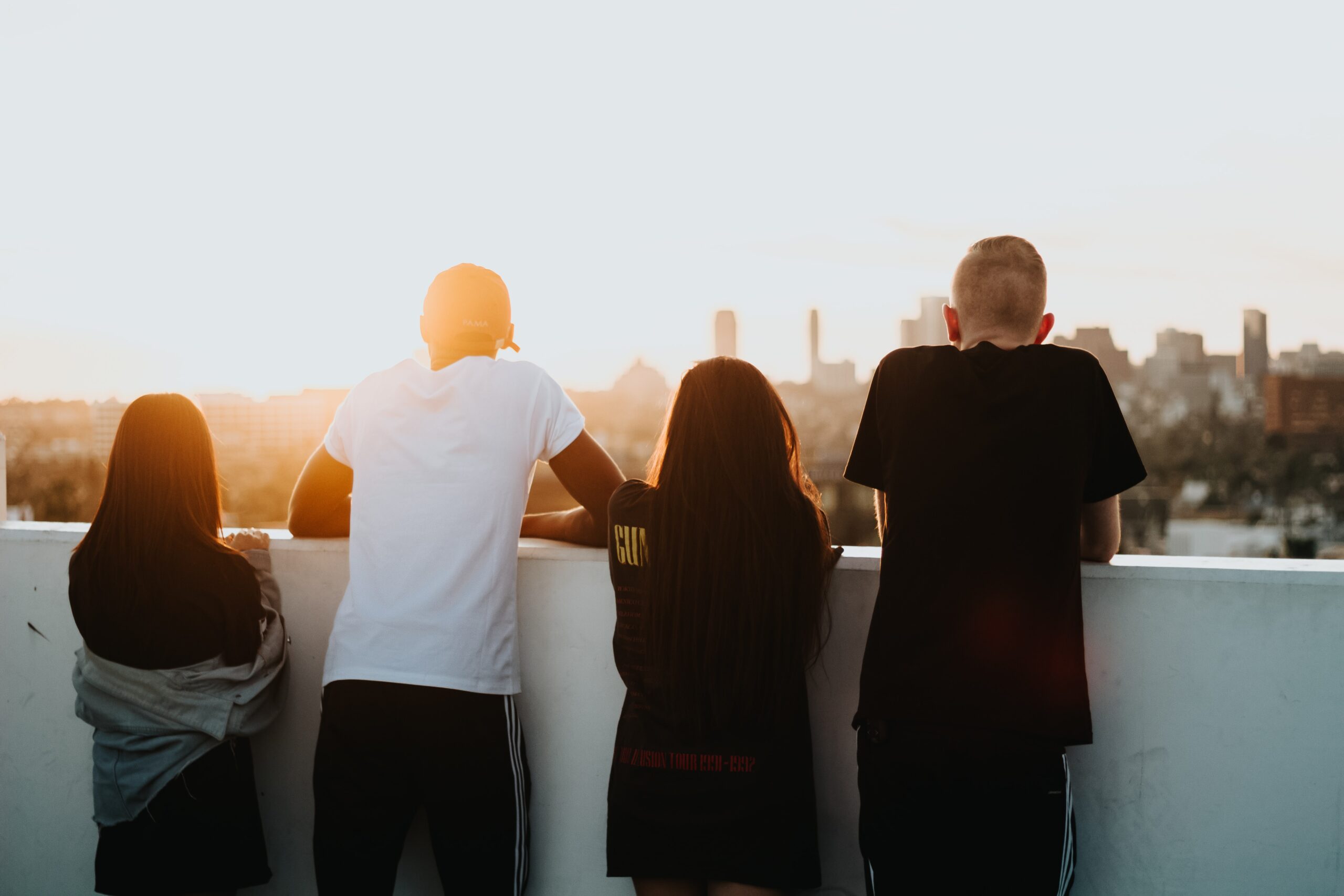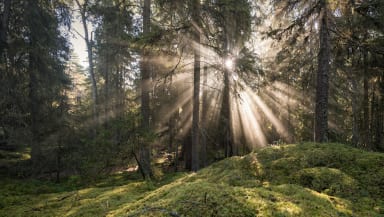While Greenpeace pieces are fact-checked by subject experts, our writers are not medical professionals. If you’re struggling with your mental health, it’s important to get support. Try Mind for mental health support or Climate Psychology Alliance for eco-anxiety help. You can also find other options listed on our climate anxiety resources page.
Facing the reality of climate change is tough. Realising that we’re seeing the environment break down brings out all the feelings.
We might try to pretend it’s not happening, or sink into hopelessness. Or become so worried about the future, we can barely sleep. We might even run ourselves into the ground fighting for change.
However it looks, eco-anxiety, eco-doom, eco-anger, eco-despair and more can grip us all. When they do, doing things to feel better might feel like one step too many. But learning to live (and even ‘be ok’) with these emotions is vital as the climate crisis unfolds before us.
Climate psychotherapist and researcher, Caroline Hickman, spoke to Greenpeace volunteers and staff about eco-anxiety. Here’s our top five takeaways.




